The Evolution of iPhone: The Technological Improvement
Hello steemstem community;
I hope this will be a good medium to introduce myself to the community. My name is Babajide, I am a Mechanical Engineering student. I got to know about steemit and steemstem from some friends, @sogless and friends, and I immediately got interested in the idea because I love writing.
I’ve been observing the community for some days now and I pretty am aware of how things are being done in the community. With the help of some great guys like @sogless, @mrbreeziewrites and my mentor @katerinaramm, I’ve been able to pull something out.
For my first stem post I’m going to go into technology, I am going to be talking about the evolution of the popular Apple’s iPhone series. Most people use the iPhone and do not the technological advantages the iPhone holds, and when I talk of the technological advantages, I mean the specifications. So will be seeing the specifications your iPhone holds and the technological improvements the Apple iPhone series had over the years.
THINGS YOU SHOULD KNOW
Before I go into the main discussion of the day, I’ll like to talk about some terms I’ll be using as we go on.
GPU (Graphics Processing Unit): It is defined by wikipedia as “a specialized electronic circuit designed to rapidly manipulate and alter memory to accelerate the creation of images in a frame buffer intended for output to a display device. GPUs are used in embedded systems, mobile phones, personal computers, workstations, and game consoles”. It is the unit that is responsible for everything related to graphics as far as a system is concerned. As far as phones are concerned we have Adreno, Mali, PowerVR as examples of GPU. Apple used some the PowerVR GPU series for their iPhones until they introduced their own Apple GPU in the iPhone 8 series.
CPU (Central Processing Unit): It is defined by wikipedia as “the electronic circuitry within a computer that carries out the instructions of a computer program by performing the basic arithmetic, logical, control and input/output (I/O) operations specified by the instructions.”. They are responsible for the execution of commands given to the system. Anytime you see CPU as we go on, note that it is the CPU speed rating I’m referring to.
Chipset: It is defined by google as "a collection of integrated circuits which are designed to function together as a unit, especially to perform a particular task within a computer system.”. They are responsible for the control of the communications between the processor and the external devices. Have it in mind whenever you see chipset that we’re talking about the chipset technology used.
WLAN (Wireless Local Area Network): It is defined by wikipediaas "a wireless computer network that links two or more devices using wireless communication within a limited area such as a home, school, computer laboratory, or office building. This gives users the ability to move around within a local coverage area and yet still be connected to the network.”. It is the technology responsible for linking the phone to a Wi-Fi network.
The Evolution of iPhone: The Technological Improvement

APPLE LOGO from Wikimedia under CC BY-SA 3.0 License
On Monday 3rd June, 2018, I went to get some sausage rolls from “Iya Mahmoud” to break my fast. I met some guys there arguing about whether or not iPhone 1 existed or not. A guy claimed he met and saw iPhone 1, iPhone 2, iPhone 3 whilst it existed. I didn’t argue as I also claimed I only know of the iPhone 4 which I met. When I got home I sat down and thought, why don’t you make this your first steemit article? And I told myself this is it. Mr Jide you have to work on the evolution of iPhone.
A SHORT STORY ON iPHONES
Most people just own an iPhone device without knowing the base. Who cares about base?, that’s the question most people will ask, but do you know what privilege you hold to be educated about the evolution of iPhones from the scratch?.
The apple iPhone is a series of digital devices which is a product of the Apple Inc. company. It is a phoning/telecommunication device that runs on an operating system owned by the Apple Inc. called the iOS. It has been in existence from the year 2007 to date with a lot of technological advancements coming through the years. It started with the iPhone which is the first generation of the series of the Apple iPhone brand and is currently with the iPhone X which is the latest iPhone in market.
The iPhone would have never been in existence if not for the intelligence of Late Steeve Jobs who was the CEO of Apple Inc. and his team. It all started with Steeve Jobs suggesting an investigation on how touchscreen will be of help to the development of devices. iTunes which is also a product of the Apple Inc. was then released in January, 2001 with an intention of synchronising devices with the iPod.
The first device to use this iTunes is the ROKR E1 which is a product of the partnership between Apple Inc. and Motorola and was released in September 7, 2005. In January 9, 2007, Steeve Jobs the managing director of Apple Inc. announced the iPhone at the Macintosh convention due to the fact he wanted something unique to the Apple Inc.
iPhone was later released in June 29, 2007 which is about a decade ago. It then ran in cycle untill it got to the latest iPhone X (2017) most of us wish to own.
Yeah, due to the hard work of the Apple Inc. team, the iPhone didn’t stop with the iPhone, they had to work on more series as technology advances and from the look of things, technologically Apple Inc. is top notch.
Here below is the list of the Apple iPhone series from the first iPhone to the latest iPhone X.
- iPhone
- iPhone 3G
- iPhone 3GS
- iPhone 4
- iPhone 4S
- iPhone 5
- iPhone 5C
- iPhone 5S
- iPhone 6 and 6 plus
- iPhone 6S and 6S plus
- iPhone SE
- iPhone 7 and 7 plus
- iPhone 8 and 8 plus
- iPhone X
That’s right, these above are the legit iPhone products apart from the “made in Nigeria ones” (if there’s any) and we’re going to be looking at them to analyse the technological cycle.
iPhone First Generation (Model A1203)
The iPhone is the first product of the Apple iPhones’ series. It was announced in January 9, 2007 and was later released in June 29, 2007. It is one successful product of the Apple Inc. ran for some time before it later was cancelled due to advancement of technology. It is the only iPhone with the 2G network. Some specifications of the first generation iPhone are;
Weight: 135g
Screen Size: 3.5 inches
Internal Memory: 4/8/16 GB (No memory card slot)
Operating System: iOS
CPU: 412 MHz ARM 11
GPU: PowerVR MBX
Camera: 2 MegaPixels (Primary), no secondary camera, no video and no flash.
WLAN: Wifi 802.11 b/g
Additional features: It uses a mini SIM card slot. It uses the proximity and accelerator sensors. It also uses corning gorilla glass and oleophobic coating as protection. It also used a Li-ion battery.
iPhone 3G (Model A1241)
Though most people think iPhone 2 will be the next generation of iPhone but I’m sorry to tell you “Mr Real” was wrong in his “legbegbe track” where he claimed iPhone 2. The iPhone 3G is the second generation iPhone and was announced on June 9, 2008 at the WWDC 2008 that took place at the Moscone Center in San Francisco, USA and was released in July 11, 2008. Just like the first generation iPhone it has also been discontinued. It is very identical to the first generation iPhone but the iPhone 3G ran on 3G network which is one distinct feature. Below are some specifications of the iPhone 3G;
Weight: 133g
Screen Size: 3.5 inches
Internal Memory: 8/16 GB (No memory card slot)
RAM: 128 MB
Operating System: iOS
CPU: 412 MHz ARM 11
GPU: PowerVR MBX
Camera: 2 MegaPixels (Primary), no secondary camera, no video and no flash.
WLAN: Wifi 802.11 b/g
Additional features: Just like the first generation iPhone it uses the mini SIM. It also has the USB 2.0 port. It runs on a Li-ion battery.
iPhone 3GS (Model A1303)
The iPhone 3GS is the third generation of the iPhone. The S in the 3GS stood for speed. It was an advancement of the iPhone 3G with some technological improvements. The iPhone 3GS was announced on the 8th of June, 2009 and was later released on June 19, 2009. Just like the first two, it’s also been discontinued. Here below are some features of the iPhone 3Gs;
Weight: 135g
Screen Size: 3.5 inches
Internal Memory: 8/16/32 GB (No memory card slot)
RAM: 256 MB
Operating System: iOS 3
CPU: 600 MHz Cortex A8
GPU: PowerVR SGX535
Camera: 3.15 MegaPixels with autofocus (Primary), no secondary camera, no video and no flash
WLAN: Wifi 802.11 b/g
Additional features: It possessed the compass sensor, proximity sensor and the accelerator sensor. It also had the multi touch feature. It also possessed corning glass and oleophobic coating as protection.
iPhone 4
Just like the name implies, it is the fourth generation of the apple iPhone series. It is the first iPhone that used the micro SIM. It is one big achievement of the Apple Inc. as it had the chipset technology Apple A4 and it also had some cool features that was one in a million during those times. It was announced on June 7, 2010 and was released on June 24, 2010. Some of the amazing features of the iPhone 4 are listed below;
Weight: 137g
Screen Size: 3.5 inches
Internal Memory: 8/16/32 GB (No memory card slot)
RAM: 512 MB
Operating System: iOS 4
CPU:1.0 GHz Cortex A8
GPU: PowerVR SGX535
Chipset: Apple A4
Battery: Non-removable 1420mAh Li-Po battery
Camera: 5 MegaPixels (Primary) with autofocus and LED flash. 720p@30fps video
WLAN: Wifi 802.11 b/g/n with hotspot
Additional features: It has the feature of video calling over the wi-fi network. It has scratch resistance. It possessed the accelerometer, gyro, proximity and compass sensors.
iPhone 4S
Yeah, iPhone 4S is the fifth generation iPhone. It is a technological advancement of the iPhone 4 as the features are more advance. The S in the 4S stood for “Siri” an intelligent personal assistant owned by Apple. It is the second iPhone to use the micro SIM. It ran on the iOS operating system. The announcement was followed by the news of the death of the CEO of Apple Inc. Steeve Jobs. It was introduced on October 4, 2011 and was released on October 14, 2011. Here below are some of its specifications;
Weight: 140g
Screen Size: 3.5 inches
Internal Memory: 8/16/32/64 GB (No memory card slot)
RAM: 512 MB
Operating System: iOS 5
CPU: Dual Core 1.0 GHz Cortex A9
Chipset: Apple A5
Battery: Non-removable 1432mAh Li-Po battery.
GPU: PowerVR SGX542 MP2
Camera: 8 MegaPixels (Primary) with autofocus and LED flash. 1080p@30fps video.
WLAN: Wifi 802.11 b/g/n with hotspot
Additional features: It has same sensors as the iPhone 4 i.e accelerometer, gyro, proximity and compass sensors. The camera had features like geotagging, touch focus and face detection.
iPhone 5
The sixth generation iPhone and the first iPhone to run with a Nano SIM. It had a light weight and it was thinner compared to the early generations due to the new aluminium-based technology introduced. It is also the first 4 inches screen sized iPhone. It was announced by Apple Inc. on September 12, 2012 and was launched on September 21, 2012. It was also discontinued due to the way world moves with technology. Here below are some features of the iPhone 5;
Weight: 112g
Screen Size: 4.0 inches
Internal Memory: 16/32/64 GB (No memory card slot)
RAM: 1 GB DDR2
Operating System: iOS 6
CPU: Dual Core 1.3 GHz Swift (ARM v7-based)
Chipset: Apple A6
Battery: Non-removable 1440 mAh Li-Po Battery
GPU: PowerVR SGX543 MP3 (triple core graphics)
Camera: 8 MegaPixels (Primary) with autofocus and LED flash. 1080p@30fps video.
1.2 MegaPixels (Secondary)
WLAN: Wifi 802.11 a/b/g/n with hotspot and dual-band.
Additional features: It has a Bluetooth 4.0. It runs with a Nano SIM type. It has the accelerometer, proximity, gyro and compass sensors.
iPhone 5C
The iPhone 5C is very identical to the iPhone 5. It is the 7th generation iPhone. It was announced on September 10, 2013 same as iPhone and was released on September 20, 2013 along with the iPhone 5s. It was later discontinued and it is the latest iPhone to be discontinued. The C in the 5C stood for “colour” due to the fact that it came in varieties of colours. It used a hard-coated polycarbonate shell for the body technology. Below are some features of the iPhone 5C;
Weight: 132g
Screen Size: 4.0 inches
Internal Memory: 8/16/32 GB (No memory card slot)
RAM: 1 GB DDR2
Operating System: iOS 7
CPU: Dual Core 1.3 GHz Swift (ARM v7-based)
Chipset: Apple A6
Battery: 1510 mAh Li-Po battery.
GPU: PowerVR SGX543 MP3 (triple core graphics)
Camera: 8 MegaPixels (Primary) with autofocus and LED flash. 1080p@30fps video.
1.2 MegaPixels (Secondary)
WLAN: Wifi 802.11 b/g/n with hotspot and dual-band.
Additional Features: Check that of the iPhone 5 above.
iPhone 5S
This is a seventh generation iPhone. It is the first iPhone to use a finger print sensor. It was announced on September 10, 2013 and was released on the September 20, 2013 as earlier stated. The Airdrop software for Wi-Fi sharing was introduced. Here below are some features of the iPhone 5S;
Weight: 112g
Screen Size: 4.0 inches
Internal Memory: 8/16/32/64 GB (No memory card slot)
RAM: 1 GB DDR2
Operating System: iOS 7
CPU: Dual Core 1.3 GHz Cyclone (ARM v8-based)
Chipset: Apple A7
Battery: 1560 mAh Li-Po battery
GPU: PowerVR G6430 (quad core graphics)
Camera: 8 MegaPixels (Primary) with autofocus and LED flash. 1080p@30fps video.
1.2 MegaPixels (Secondary)
WLAN: Wifi 802.11 b/g/n with hotspot and dual-band.
Additional Features: It has a USB 2.0 port. It has the accelerometer, proximity, gyro and compass sensors and definitely the finger print sensor.
iPhone 6 and 6 plus
This is the 8th generation iPhone series. The iPhone 6 and iPhone 6 plus were both announced on September 9, 2014 and they both got released 10 days after which is September 19, 2014. In this year, Apple pay was introduced as a method of paying for online services. They both are of the same size but different specification. As the name may imply iPhone 6 plus is the advanced copy of iPhone 6. Below are some features of both the iPhone 6 and iPhone plus.
Weight;
iPhone 6: 129g
iPhone 6 plus: 172g
Screen Size;
iPhone 6: 4.7 inches
iPhone 6 plus: 5.5 inches
Internal Memory: 16/32/64/128 GB (No memory card slot)
RAM: 1 GB DDR3
Operating System: iOS 8
CPU: Dual Core 1.4 GHz Typhoon (ARM v8-based)
Chipset: Apple A8
Battery;
iPhone 6: 1810 mAh Li-Po battery
iPhone 6 plus: 2915 mAh Li-po battery
GPU: PowerVR G6450 (quad core graphics)
Camera: 8 MegaPixels (primary)
1.2 MegaPixels (Secondary)
WLAN: Wifi 802.11 a/b/g/n/ac with hotspot and dual-band.
Additional features: They possess the gyro, accelerometer, proximity, compass, fingerprint and barometer sensors. They both are made with the ion strengthened glass for screen protection and oleophobic coating for body protection.
iPhone 6S and 6S Plus
They are the 9th generation iPhone series. The iPhone 6S and 6s plus were both announced on September 9, 2015, exactly a year after iPhone 6 and iPhone 6 plus were announced. They were later being released on September 29, 2015. They are far more advanced technologically compared to the iPhone 6 and iPhone 6 plus. Some of the features of the iPhone 6S and 6S plus are listed below;
Weight;
Phone 6S: 143g
iPhone 6S plus: 192g
Screen Size;
iPhone 6S: 4.7 inches
iPhone 6S plus: 5.5 inches
Internal Memory: 16/32/64/128 GB (No memory card slot)
RAM: 2 GB
Operating System: iOS 9
CPU: Dual Core 1.84 GHz Twister
Chipset: Apple A9
Battery:
iPhone 6S: 1715 mAh Li-ion battery
iPhone 6S plus : 2750 mAh Li-ion battery
GPU: PowerVR GT7600 (six core graphics)
Camera:12 MegaPixels (Primary)
5 MegaPixels (Secondary)
WLAN: Wifi 802.11 a/b/g/n/ac with hotspot and dual-band.
Additional features: Both iPhone 6S and 6S plus have the following sensors; fingerprint (front mounted), gyro, proximity, barometer and accelerator.
iPhone SE
After series of large screen phones, Apple Inc. decided to go back to a 4.0 inches screen phone. iPhone SE was introduced on March 21, 2016 and was later released on March 31, 2016. Below are some features of iPhone SE;
Weight: 113g
Screen Size: 4.0 inches
Internal Memory: 8/16/32/64/128 GB (No memory card slot)
RAM: 2 GB
Operating System: iOS 9.3.2
CPU: Dual Core 1.84 GHz Twister
Chipset: Apple A9
Battery: 1624 mAh Li-Ion battery
GPU: PowerVR GT7600 (six core graphics)
Camera:/ 12 MegaPixels (Primary)
1.2 MegaPixels (Secondary)
WLAN: Wifi 802.11 a/b/g/n/ac with hotspot and dual-band.
Additional features: It has the same set of sensors as the iPhone 6S and 6S plus series and also has the apple pay feature.
iPhone 7 and 7 plus
The 10th generation set of iPhones. iPhone 7 and iPhone 7 plus were introduced on September 7, 2016 and were released on September 16, 2016. In this generation the Quad Core CPU technology was introduced for an upgrade. Below some features of the iPhone 7 and iPhone 7 plus.
Weight;
iPhone 7: 138g
iPhone 7 plus: 188g
Screen Size;
iPhone 7: 4.7 inches
iPhone 7 plus: 5.5 inches
Internal Memory: 32/128/256 GB (No memory card slot)
RAM;
iPhone 7: 2 GB
iPhone 7 plus: 3 GB
Operating System: iOS 10.0.1
CPU: Quad Core 2.34 GHz (2x Hurricane + 2x zephyr)
Chipset:
iPhone 7: Apple A10
iPhone 7 Plus: Apple A10 fusion
Battery:
iPhone 7: 1960 mAh Li-ion battery
iPhone 7 plus: 2900 mAh Li-ion battery
GPU: PowerVR series 7XT plus (six core graphics)
Camera: 12 MegaPixels (Primary)
7 MegaPixels (Secondary)
WLAN: Wifi 802.11 a/b/g/n/ac with hotspot and dual-band.
Additional features: The iPhone 7 and iPhone 7 plus are equipped with the gyro, proximity, accelerometer, barometer, compass and Fingerprint sensors.
iPhone 8 and 8 Plus
This is the 11th generation of the iPhone series. In the iPhone 8 series the main advancement in the technology is the introduction of the Apple Inc. owned graphics processing unit called the apple GPU. Bluetooth 5.0 was also introduced in this series. iPhone 8 and 8 plus were announced on September 12, 2017 together with the iPhone and were released on September 22, 2017 unlike iPhone X. Below are some specifications of the iPhone 8 and iPhone 8 plus.
Weight;
iPhone 8: 148g
iPhone 8 plus: 202g
Screen Size;
iPhone 8: 4.7 inches
iPhone 8 plus: 5.5 inches
Internal Memory: 64/256 GB (No memory card slot)
RAM;
iPhone 8: 2 GB
iPhone 8 plus: 3GB
Operating System: iOS 11
CPU: Hexa-core (2x Monsoon + 4x Mistral)
Chipset: Apple A11 Bionic
Battery:
iPhone 8: 1821 mAh Li-ion battery
iPhone 8 plus: 2691 mAh Li-ion battery
GPU: Apple GPU (3-core graphics)
Camera: 12 MegaPixels (Primary)
7 MegaPixels (Secondary)
WLAN: Wifi 802.11 a/b/g/n/ac with hotspot and dual-band.
Additional features: Bluetooth 5.0. The iPhone 8 and 8 plus can charge as fast as 50% in 30 mins. They both us Qi wireless charging technology. They also had the same sensors with their predecessors, the iPhone 7 and 7 plus series.
iPhone X
This is the 12th and latest generation of the iPhone series. The X in the iPhone X is pronounced 10 as in the Roman figure X. It was introduced alongside its predecessors (the iPhone 8 series) on September 12, 2017 and was released on November 3, 2017. The iPhone X introduced the Face ID and the OLED screen technology feature in the iPhone series. Below are some of its specifications;
Weight: 174g
Screen Size: 5.8 inches
Internal Memory: 64/256 GB (No memory card slot)
RAM: 3 GB
Operating System: iOS 11.1.1
CPU: Hexa-Core 2.39 GHz (2x Monsoon + 4x Mistral)
Chipset: Apple A11 Bionic
Battery: 2691 mAh battery
GPU: Apple GPU (3-core graphics)
Camera: 12 MegaPixels (Primary)
7 MegaPixels (Secondary)
WLAN: Wifi 802.11 a/b/g/n/ac with hotspot and dual-band.
Additional features: It is protected with an anti-scratch screen and oleophobic coating. It is equipped with the face ID, accelerometer, gyro, proximity, compass and barometer sensors. It also has the fast charging feature and can charge 50% in 30 mins. It uses Qi wireless charging just like iPhone 8 and 8 plus.
IN CONCLUSION
We reviewed the technological advancement of the popular Apple iPhone series showing the specifications of each member of the iPhone family and we learnt about the introduction new technologies like the Apple Pay app which was introduced in the iPhone 6 series and was used for online payment. We also learnt of the introduction of the Apple’s own GPU named the Apple GPU which is a 3-core graphics unit that was introduced in the iPhone 8 series alongside the Face ID technology amongst others. Apple also own their own chipset technology which was introduced in the iPhone 4 series
I hope you enjoyed my blog and I hope I was able to add to your knowledge.
REFERENCES
GSMarena.com
Link 1, Link 2, Link 3, Link 4, Link 5, Link 6, Link 7, Link 8, Link 9, Link 10, Link 11, Link 12, Link 13, Link 14, Link 15, Link 16, Link 17, Link 18
For more of these, support @rareghost by upvoting, commenting and following.

If you write STEM (Science, Technology, Engineering and Mathematics) related posts, consider joining #steemSTEM on steemit chat or discord here. If you are from Nigeria, you may want to include the #stemng tag in your post. You can visit this blog by @stemng for more details.

.jpg)
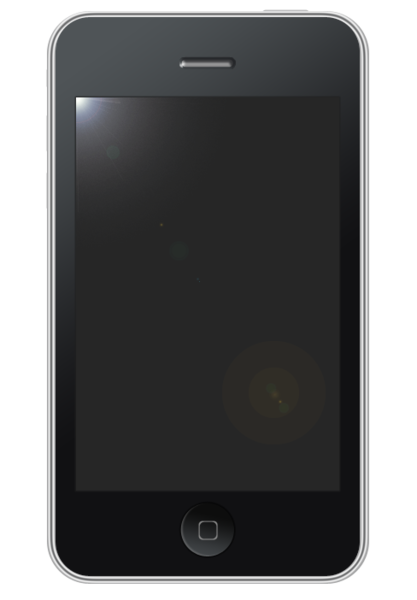
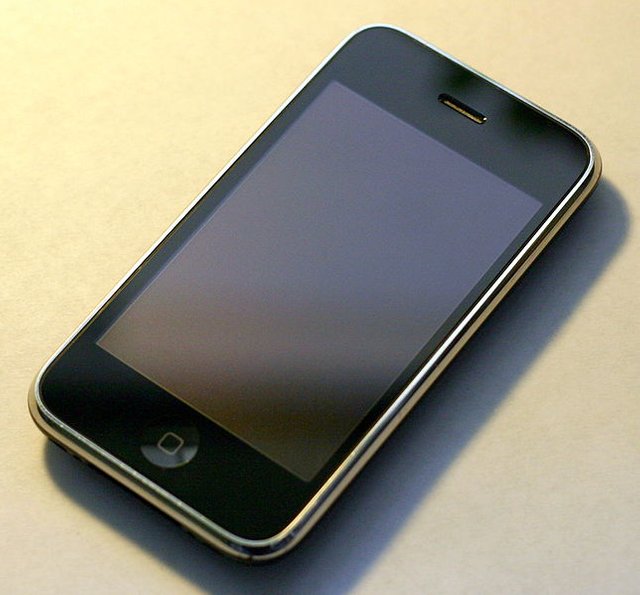
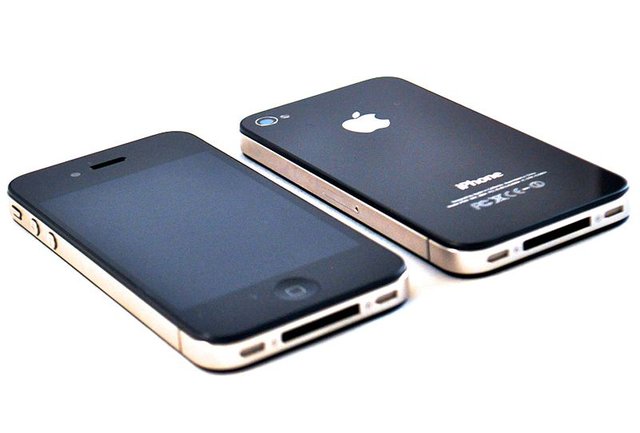
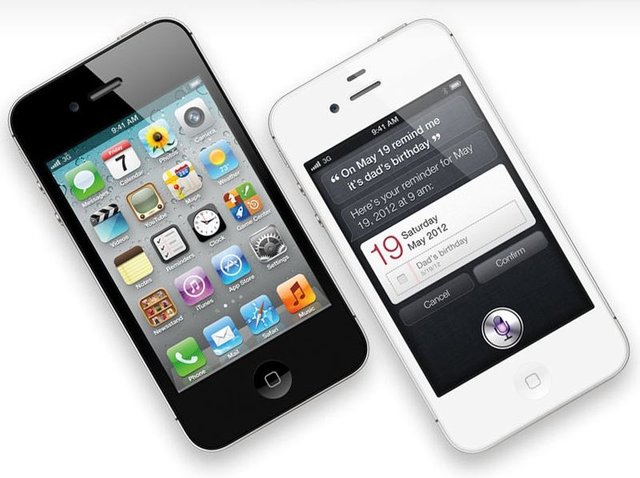
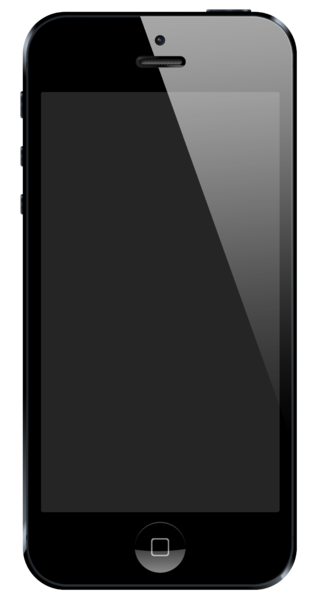
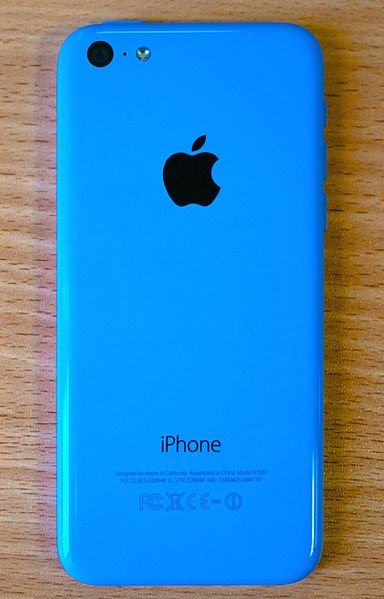
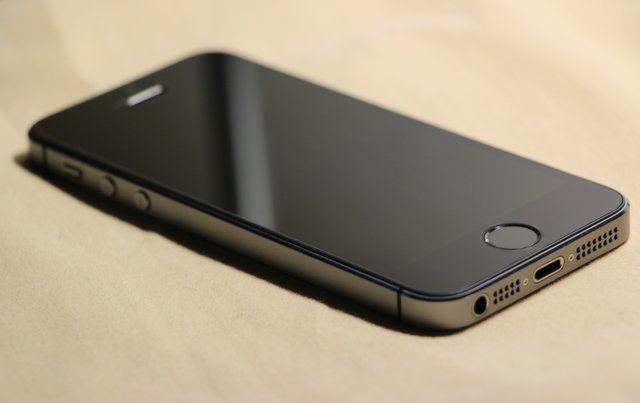
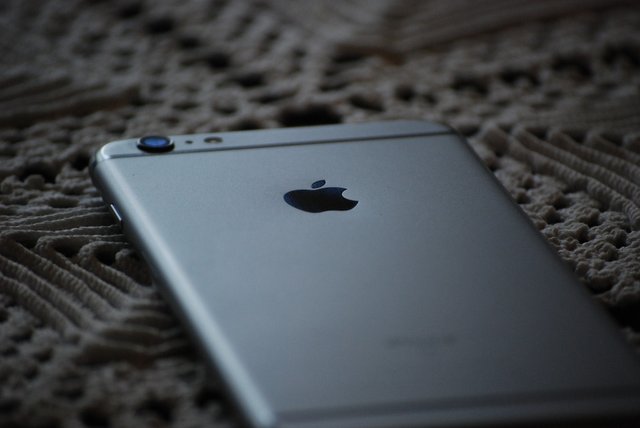
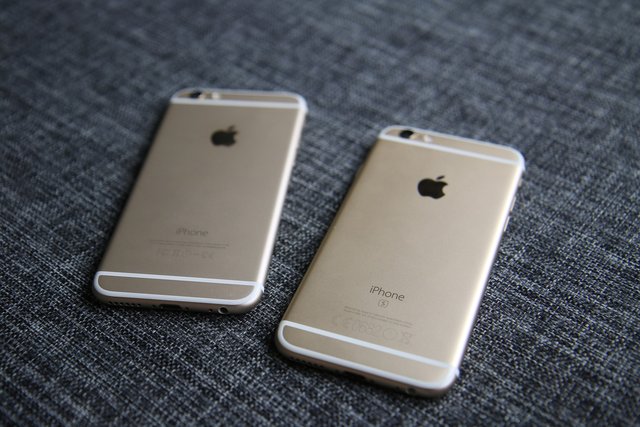
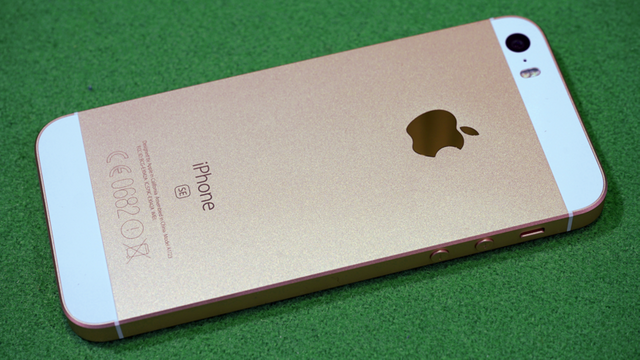
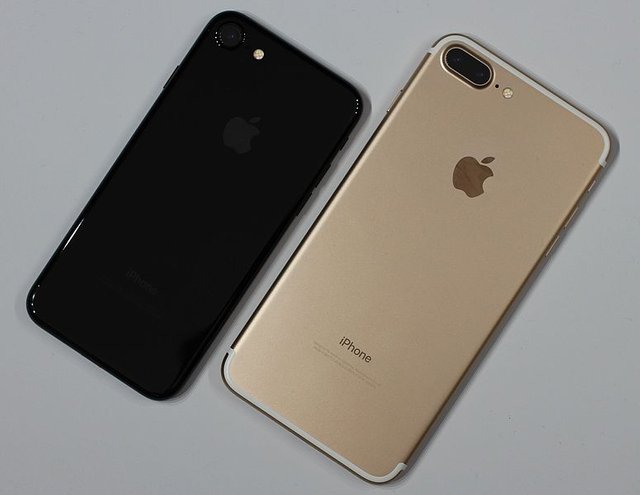
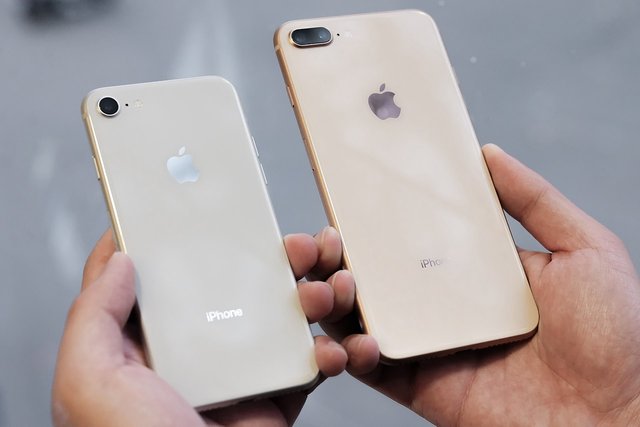
.jpg)
Insightful I must say. Thanks for your contribution to knowledge @rareghost. I am also new on the steemit platform. I love what you have done here. I just followed you and upvoted you. I think I will need your support to grow in this community together @kaycrown. Thank you
https://steemit.com/christianity/@bible.com/verse-of-the-day-revelation-21-8-niv
Hi @rareghost!
Your post was upvoted by utopian.io in cooperation with steemstem - supporting knowledge, innovation and technological advancement on the Steem Blockchain.
Contribute to Open Source with utopian.io
Learn how to contribute on our website and join the new open source economy.
Want to chat? Join the Utopian Community on Discord https://discord.gg/h52nFrV